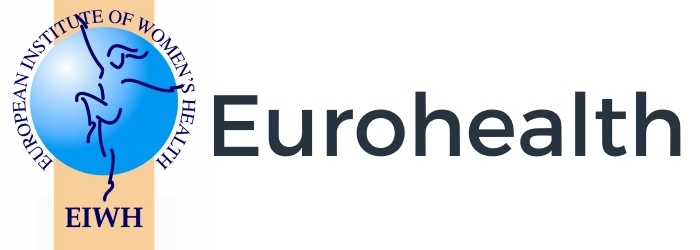Pharmacovigilance Risk Assessment Ctte. Oct 22
EMA recommends measures to minimise risk of serious side effects with Janus kinase inhibitors for chronic inflammatory disorders
EMA safety committee (PRAC) recommended measures to minimise risks of serious side effects associated with Janus kinase (JAK) inhibitors used to treat various chronic inflammatory disorders. Side effects include cardiovascular conditions, blood clots, cancer and serious infections.
Committee recommended these medicines should be used for following patients only when no suitable alternative treatment were available: e.g. those aged 65 years or more, any with increased risk of major cardiovascular problems (heart attack, stroke etc), smokers, others who smoked for a long time and those with increased cancer risks.
Committee recommendations included use JAK inhibitors with caution when patients with risk factors – blood clots in lungs, in deep veins (venous thromboembolism, VTE) other than those listed above. Further, doses must be reduced in certain patient groups at risk of VTE, cancer or major cardiovascular problems.
Recommendations followed a review of available data, including final results from a clinical trial1 of JAK inhibitor Xeljanz (tofacitinib) and preliminary findings from observational study involving Olumiant (baricitinib), also a JAK inhibitor. In the review, PRAC sought advice from expert groups: rheumatologists, dermatologists, gastro-enterologists and patient representatives.
This review confirmed Xeljanz increased risks of major cardio- vascular problems, cancer, VTE, serious infections and death due to any cause when compared with TNF-alpha inhibitors.
PRAC has now concluded that these safety findings apply to all approved uses of JAK inhibitors in chronic inflammatory disorders (rheumatoid arthritis, psoriatic arthritis, juvenile idiopathic arthritis, axial spondyloarthritis, ulcerative colitis, atopic dermatitis and alopecia areata).
Product information for JAK inhibitors used to treat chronic inflammatory disorders will be updated with the new warnings and recommendations. Educational material for patients and healthcare professionals will be revised. Patients with questions about treatments or risks of serious side effects should contact their doctor.
More information is available at EMA’s public health communication.
